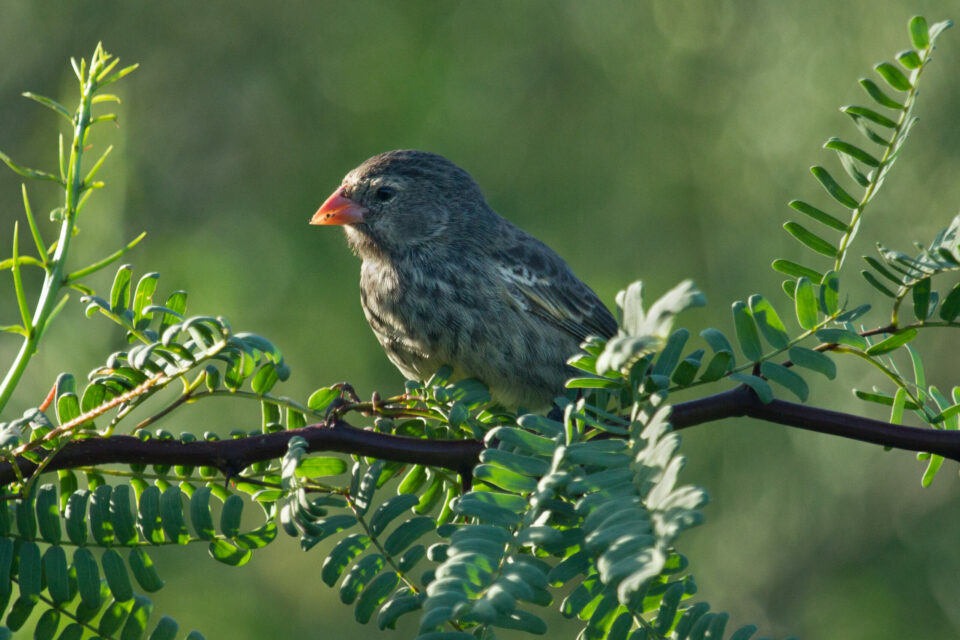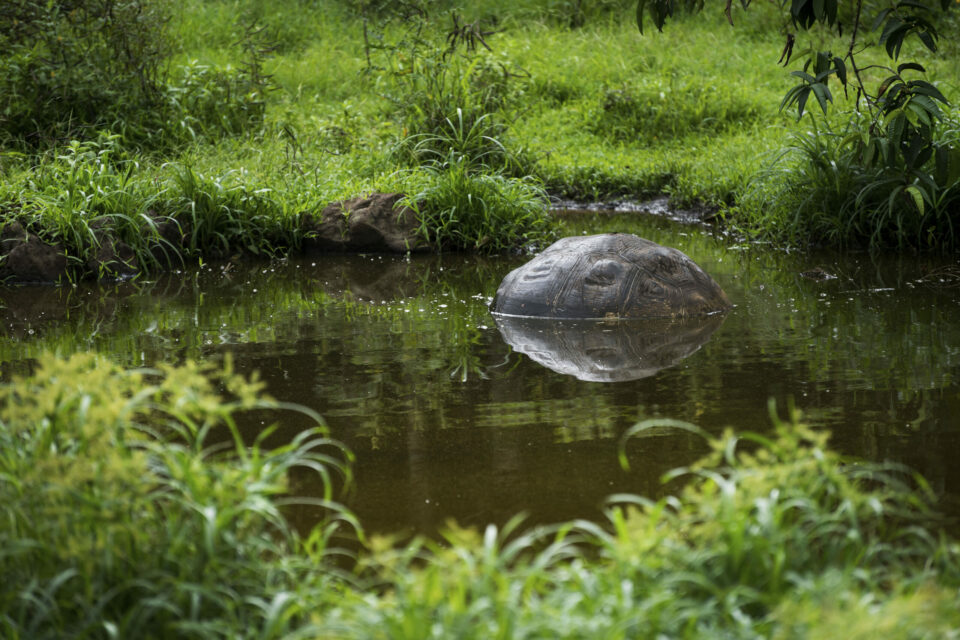

Let’s hear it for tiny geckos…
The unexpected discovery of a gecko on Rabida island may be evidence of what can be achieved when invasive species are eradicated.
As far as reptiles do cute, this gecko has got to be up there. But it’s not this creature’s dinky looks that are exciting Galapagos conservationists, it’s the fact that – until recently – nobody knew it was still alive.
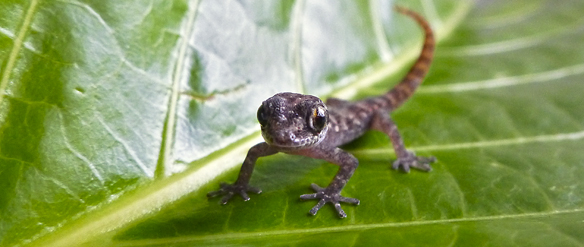 In January 2011, the Galapagos National Park carried out the first ever aerial distribution of rat poison in South America, spreading the specially formulated bait from a helicopter across the 500-hectare island of Rabida just south of Santiago. Now, after a thorough survey of the island in November, the Galapagos National Park has confirmed its rat-free status and revealed the first tentative signs of ecological recovery.
In January 2011, the Galapagos National Park carried out the first ever aerial distribution of rat poison in South America, spreading the specially formulated bait from a helicopter across the 500-hectare island of Rabida just south of Santiago. Now, after a thorough survey of the island in November, the Galapagos National Park has confirmed its rat-free status and revealed the first tentative signs of ecological recovery.
The presence of a gecko on Rabida is perhaps the most startling indication of what might now be possible in the absence of rats. Scientists have known of the existence of a gecko on the island, but only from fossils that date back more than 5000 years. According to the Charles Darwin Foundation’s Datazone, “there is no reasonable doubt that the last individual has died”. But maybe it hasn’t. If this newly discovered gecko turns out to be one and the same, it will be truly astounding.
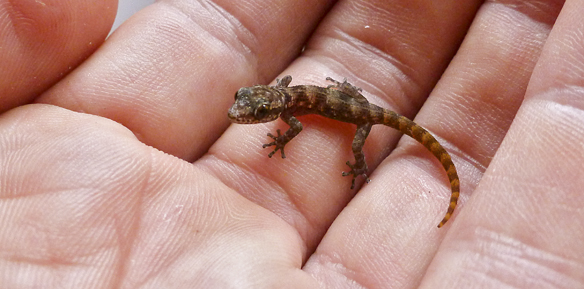 The post-poisoning surveys of Rabida have turned up another surprise: a land snail first and last seen in 1906. The bulimulid snails of Galapagos offer perhaps the most striking illustration of adaptive radiation in the archipelago, with a single colonization event resulting in more than 70 different species. Unfortunately, the relatively rapid changes that have been taking place in Galapagos over past decades – and the presence of invasive rats in particular – have had a terrible impact on these snails, with more than 50 of them now listed (including the Rabida snail) on the World Conservation Union’s Red List of Threatened Species. The revelation that the Rabida snail has managed to cling on, triumphing in the face of so many rats, offers hope for a whole bunch of other species.
The post-poisoning surveys of Rabida have turned up another surprise: a land snail first and last seen in 1906. The bulimulid snails of Galapagos offer perhaps the most striking illustration of adaptive radiation in the archipelago, with a single colonization event resulting in more than 70 different species. Unfortunately, the relatively rapid changes that have been taking place in Galapagos over past decades – and the presence of invasive rats in particular – have had a terrible impact on these snails, with more than 50 of them now listed (including the Rabida snail) on the World Conservation Union’s Red List of Threatened Species. The revelation that the Rabida snail has managed to cling on, triumphing in the face of so many rats, offers hope for a whole bunch of other species.
“The real measure of the success of the restoration effort will be the recovery of the island’s native species,” says Brad Keitt, director of conservation for Island Conservation, one of the Galapagos National Park’s partner organisations with special expertise in the eradication of invasive mammals from islands.
The success of rat eradication on Rabida is only the start. Last month, the Galapagos National Park dropped a first wave of baited poison over South Plaza and the much larger island of Pinzon. In theory, a second drop delivered over the weekend should be the last we see of rats on these islands. The focus will now move to eradication on Floreana in 2014. This puts Ecuador on target to render the entire archipelago free of invasive rodents by 2020. Once they’ve gone, what other species will come out of hiding?
Related articles


The return of the Floreana giant tortoise
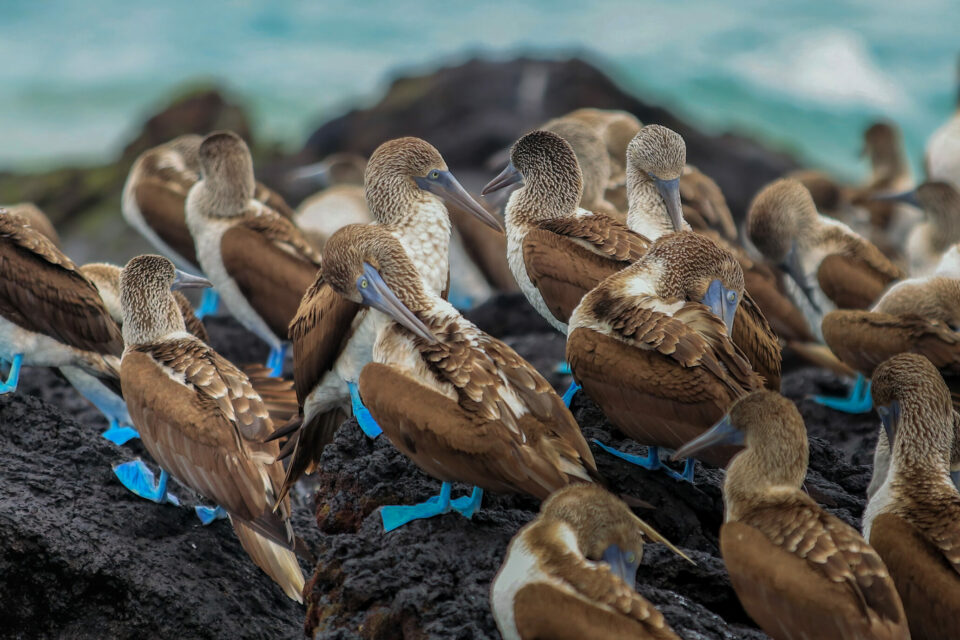
Island restoration and the vital role of connector species
